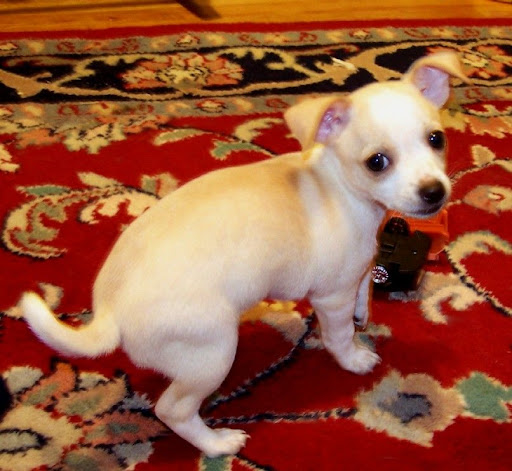When you think about it there are bound to be some similarities between knitting and crocheting since both are defined as “one of several processes of creating fabric from yarn which consists of pulling loops through other loops;” it’s really just a matter of how the loops are manipulated. A sore spot with many yarn crafters is the idea of what you are using (crochet hook, knitting needle, looms & loom hook, etc.) to pull the loops with somehow makes one craft or finished product better than another, just ask a “dyed in the wool” (no pun intended) needle knitter their opinion of loom knitting (see a few comments here). (This scenario is reminiscent of a Dr. Seuss story, The Sneetches.)
However, boundaries occasionally do cross between crocheting and knitting regardless of what the yarn craft purists might think. Do a Google search using the term “converting crochet to knitting” or vice versa, and you’ll find plenty of sites that give suggestions on the best way to accomplish this task. There is even a type of crochet called Tunisian crochet that is sometimes considered a mixture of crochet and knitting, probably because it works with “live” stitches held on a long needle. Also, applying techniques from one craft to another is a good way to "think outside the box." If you ever need a reality check, remember that it’s still just yarn and loops.
Now to answer the original question, what does the mock crochet mock? The mock crochet scarflet I recently completed was done using two strands of worsted weight yarn on the 24 peg blue Knifty Knitter loom. In an effort to match the gauge, I used double strands of the same yarn from the scarflet, which is used as the sample swatch for the mock crochet, with the exception of one swatch which used a single strand of yarn. The crocheted swatches were completed with either a single, double, or half double stitch and a chain stitch between each one to form a mesh pattern. Out of the five swatches I completed, three simulated the knitted mock crochet stitch the most, but to me the double strand half double crochet stitch appeared to be the closest match. Here are the comparisons below, so you can judge for yourself: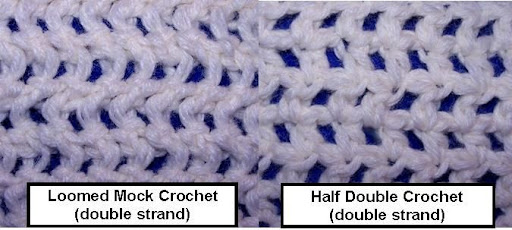
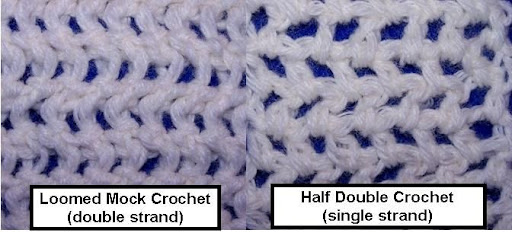
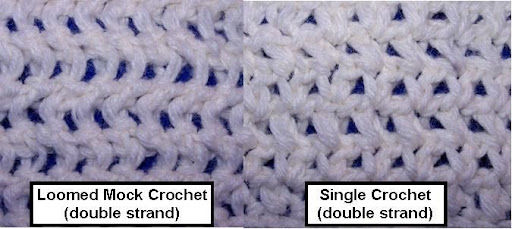
As a final note, I personally think that “mock crochet” is a misnomer. I am of the opinion that a better name for this stitch would have been a knit filet stitch. At least the term “knit filet” would not trigger a diatribe with the crochet elitists.
Note: Be sure and read the comment by Tina (Ladydove) for a brief history of the mock crochet stitch. Also, visit her blog, Pieceful Creations, for instructions on creating the mock crochet stitch.



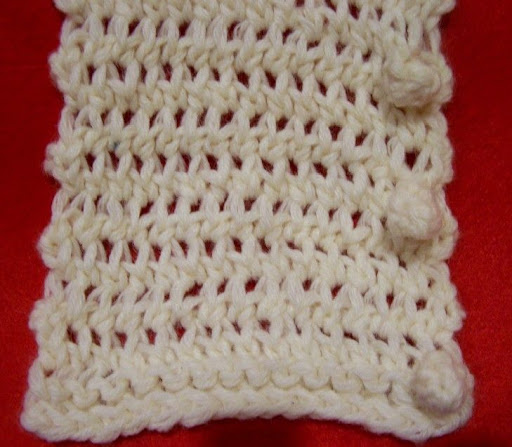
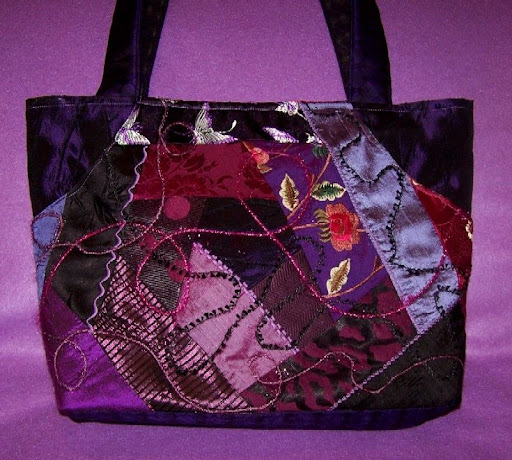
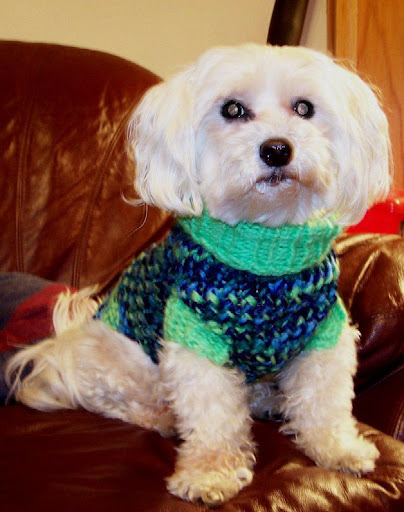
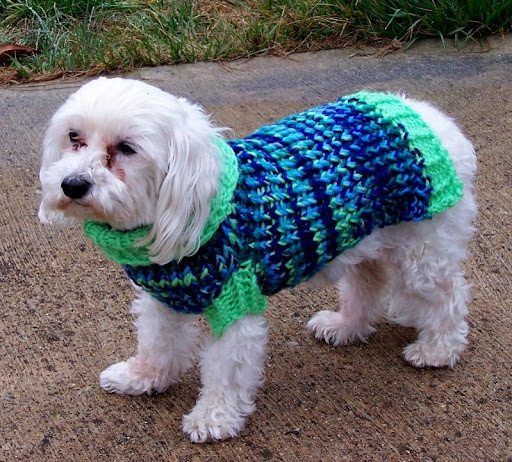 I love the colors of the yarn in this one and the contrasting ribbing added to the back edge and leg openings is a nice touch. Also, the back is a straight flat panel instead of the tapered "saddle" look of the first one. It's actually easier to do and it keeps my baby warmer.
I love the colors of the yarn in this one and the contrasting ribbing added to the back edge and leg openings is a nice touch. Also, the back is a straight flat panel instead of the tapered "saddle" look of the first one. It's actually easier to do and it keeps my baby warmer.
